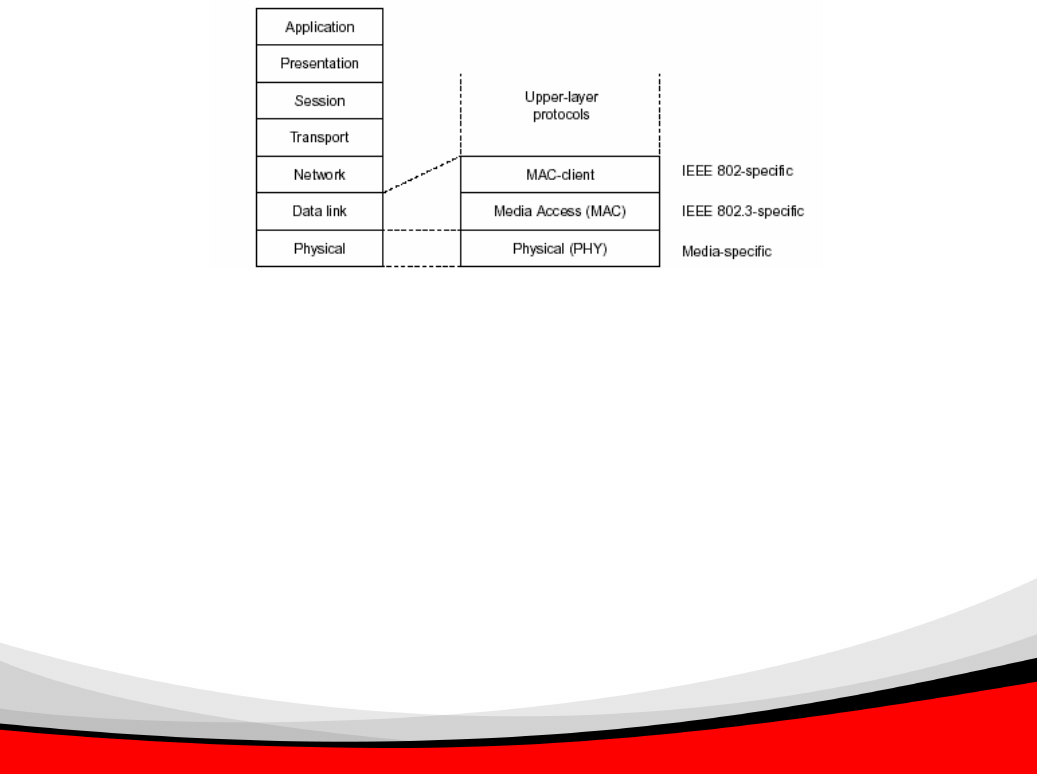
22
3. Basic Concept and
Management
In this chapter we are going to introduce you the basic concepts and features
of Ethernet, and how to work with the management features provided by this switch.
3-1. What’s the Ethernet
Ethernet originated and was implemented at Xerox in Palo Alto, CA in 1973
and was successfully commercialized by Digital Equipment Corporation (DEC), Intel
and Xerox (DIX) in 1980. In 1992, Grand Junction Networks unveiled a new high
speed Ethernet with the same characteristics of the original Ethernet but operated
at 100Mbps, which is now called Fast Ethernet. This means Fast Ethernet inherits
the same frame format, CSMA/CD and software interface. In 1998, Gigabit Ethernet
rolled out and provided 1000Mbps. Now 10G/s Ethernet is under evaluation and
may soon to be approved for practices. Although these Ethernet standards have
different speed, same basic functions still apply. Same basic functions still apply.
They are compatible in software and can connect each other almost without an
issue. The transmission media may be the only limitation.
Fig. 3-1 IEEE 802.3 reference model vs. OSI reference mode
In Fig. 3-1, we can see that Ethernet locates at the Data Link layer and
Physical layer and comprises three portions, including logical link control (LLC),
media access control (MAC), and physical layer. The first two comprises Data link
layer, which performs splitting data into frames for transmitting, receiving
acknowledge frame, error checking and re-transmitting frames if not received
correctly
The Data link layer also provides an error-free channel upward to network layer.


















